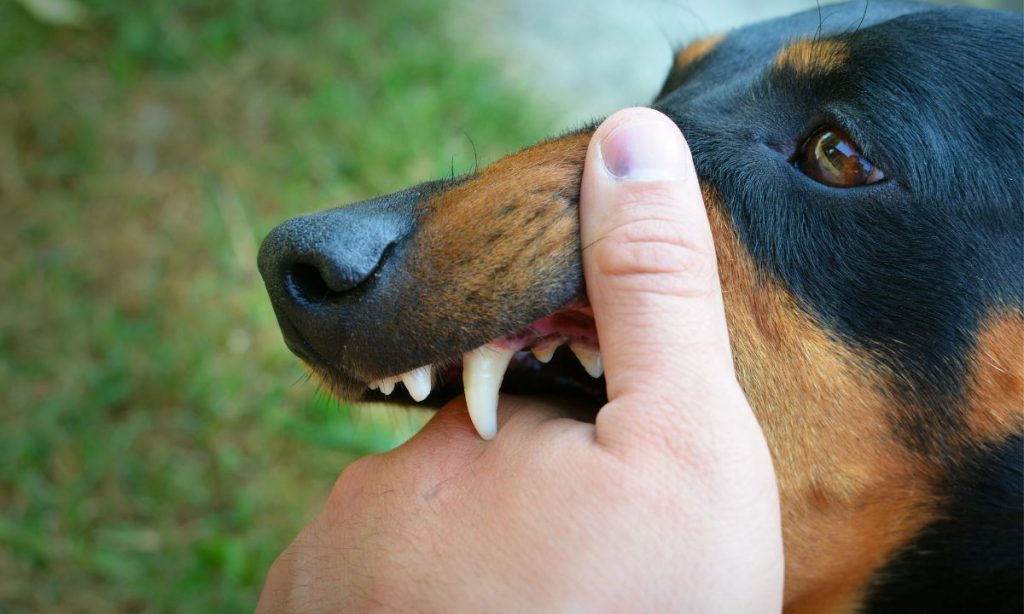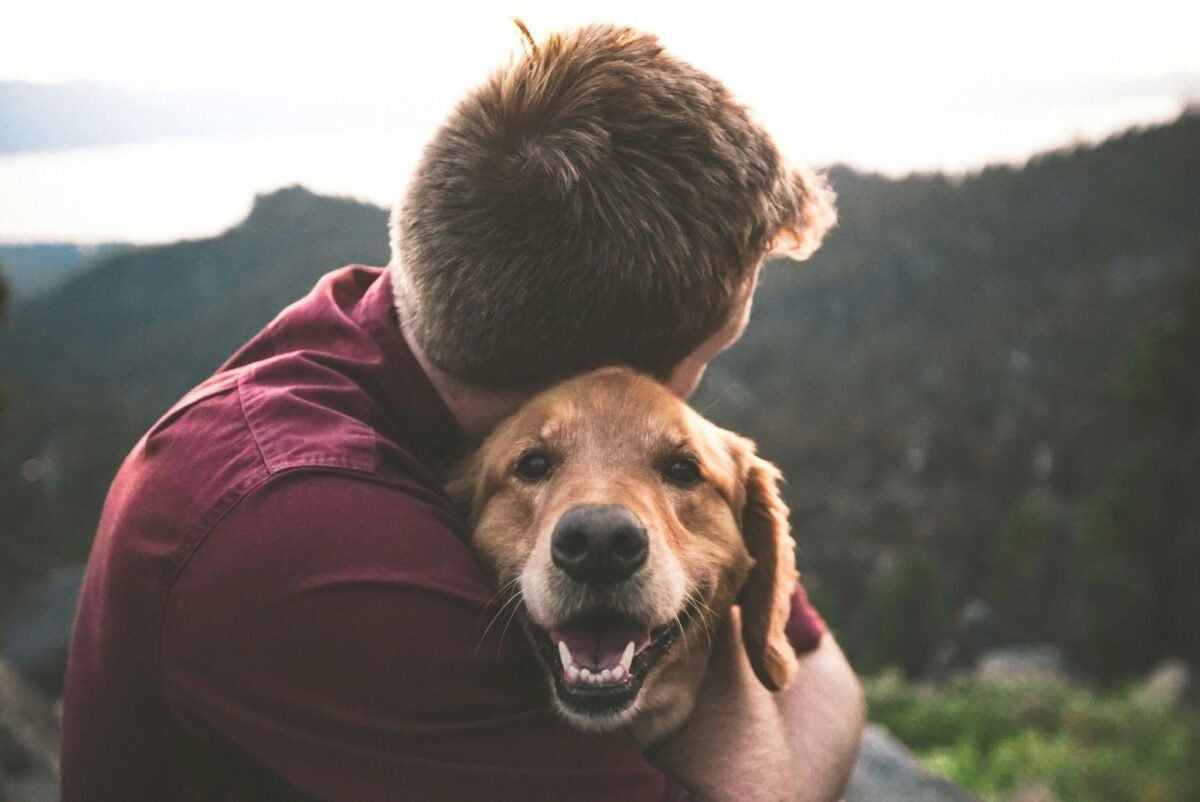Last Updated on March 6, 2024 by Dogs Vets
Enjoying quality time with our beloved pets in the great outdoors is a beautiful experience that can improve their physical and emotional health.
Our furry friends can run in the fresh air, bask in the warm sunshine, and engage in activities stimulating their senses.
Understanding the Importance of Proper Pet Harnesses
A genuinely integral component of this experience is selecting an optimized dog harness with handle, providing the necessary support and control during those brisk walks or adventurous trails.
Equipping our pets with a harness that properly fits can reduce the risk of injuries associated with jerks or sudden motions.
Moreover, a comprehensive study indicates that 65% of dog owners prefer harnesses, believing they grant additional safety and mitigate potential neck and spine issues.
Features to Look for in a High-Quality Pet Harness
Scouting for a well-fitted harness is akin to choosing a pair of comfortable shoes; it should fit snugly yet allow freedom of movement. Harness design has evolved considerably, emphasizing user-friendliness and pet comfort.
Seek out attributes like padded straps to thwart chafing and adjustable clips for a custom fit, and if your pet’s adventures continue as dusk falls, reflective accents become indispensable.
The Difference Between Collars and Harnesses
The perennial debate of collars against harnesses often pivots on convenience versus safety. Traditional collars offer simplicity and are adept for tags and identification. Yet, they can become a fulcrum for strain around a dog’s windpipe, especially in the case of excitable breeds with a penchant for pulling.
On the contrary, harnesses disperse that pressure across a broader torso surface area, reducing strain and increased control. Animal behaviorists and veterinarians routinely suggest harnesses to mitigate choking risks and aid in behavioral training effectively, making them ideal in diverse situations.
How to Ensure the Right Fit for Your Pet’s Harness
The axiom ‘size matters’ holds particular validity concerning pet harnesses. An ill-fitted harness can rub raw spots into your pet’s skin or escalate the chances of an escape.
To avoid these pitfalls, one must engage in a ritual of measurement before the acquisition – taking into account the girth and length of the pet, ensuring ample space for unhindered breathing and mobility.
A snug fit will enable you to comfortably place a pair of fingers under any strap. Recognize your pet’s body language: restlessness or a hesitant gait could signal discomfort, meriting further adjustment or an alternative design.
Training Your Pet to Walk with a Harness
Adapting your pet to a harness should be a smooth task. Gradual habituation is the secret, beginning with short spans wearing the harness sans leash within your abode.
Praise their calm demeanor and bestow treats to associate the harness with a positive experience. Gradually involve the leash, letting them roam the perimeters of a safe enclosure, and then venture into more expansive, open spaces.
Experiences must be pleasant, not punitive; dispense with any vestige of haste or frustration in favor of patience and encouragement.
Critical Considerations for Small Dogs and Harnesses
The petite stature of small dogs betrays their fragility, which mandates a specialized approach to harness choice.
An owner’s oversight could imperil their treasured companion – a secure, snug harness should harmonize strength with gentleness, ensuring abate absolute pressure on vulnerable neck areas where the risk of injury like tracheal collapse is prevalent.
Harnesses with broader chest plates distribute forces more equitably, thus diminishing such risks while catering to the peculiarities of smaller breeds that foster security and ease of motion.
Harness Solutions for Strong, High-Energy Dogs
When dealing with considerable musculature and vitality breeds, a robust harness that complies with their dynamism is non-negotiable.
Just as a tightrope requires tension for equilibrium, an energetic dog necessitates a harness that can withstand their force without ceding to it. Search out harness options with sturdier buckles, enhanced grips for control, and padding to absorb the shock of sudden pulls.
Additionally, a dog’s vitality can be channeled through training: harnesses in behavior modification have garnered acclaim for facilitating discipline without compromising the pet’s safety or comfort.
Advanced Harness Options for Pet Health and Mobility Issues
When pets face health adversities, their mobility harnesses should echo the compassion of their caregivers. Canines living with joint disorders, congenitally impaired, or simply in their twilight years merit the dignity afforded by specialized harnesses.
Options that include support handles or slings assist these dogs in sustaining their cherished walks, providing both physical aid and a comforting connection to their human partners.
Such harnesses’ resilience should encompass the steadfastness of materials and a wise design that conforms to the pet’s medical needs.
Caring for Your Pet’s Harness: Maintenance Tips
As with any gear, the longevity and efficacy of a pet’s harness are contingent on proper upkeep. Periodic cleaning of the harness is indispensable to dispel odors, dislodge dirt, and preclude the decay of fibers.
Following the manufacturer’s guidelines will ensure cleaning methods remain harmonious with the materials.
A routine examination of the harness for any evidence of fraying, loosened stitches, or compromised buckles can preempt potential failures and secure your pet’s continued safety during those cherished outings.
Responsible Pet Ownership Goes Beyond the Harness
Encapsulating responsible pet ownership does not conclude with donning a harness on your dog. It encompasses preemptive planning for varied contingencies during outdoor escapades. Assemble a portable kit with water, collapsible bowls, waste bags, and a first-aid conduit for unforeseen contingencies.
Endow your pet with identification tags and microchips, and reflect any pertinent medical information. Above all, remain vigilant and attuned to your pet’s needs and behaviors, ensuring their outdoor excursions are safe and joyously memorable.
Fact Check
We strive to provide the latest valuable information for pet lovers with accuracy and fairness. If you would like to add to this post or advertise with us, don’t hesitate to reach us. If you see something that doesn’t look right, contact us!

















